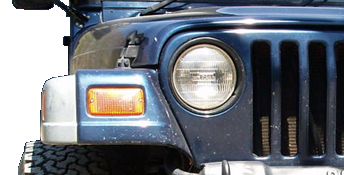Antisquat... don't overload me lol
It’s not an easy one but I’ll try to keep it simple.
When you move forward, the tires rotate forward also.
But the opposite force is that the axle tries to rotate backwards.
This is why the pinion in the rear always tries to rotate upward.
This means with a link suspension, when moving forward, the axle is pushing on the lower links( compression) and pulling on the upper links( tension).
The placement of the links on the chassis cause the axle to attempt to move away from chassis, under power.
That force to “push” the axle away from chassis is antisquat.
Now bc you are trying to accelerate forward, you have weight transfer to the rear, which typically squats the rear suspension some.
Antisquat is the forces in the rear link geometry that try to combat that squat based on forward accel.
All you need to know John:
Shoot for less than 60%. And make adjustable mounts for chassis side upper so you can tune for your driving style.
Too much AS will cause rear hop on climbs.
How much is too much? That depends on HP, tires, traction available etc.


